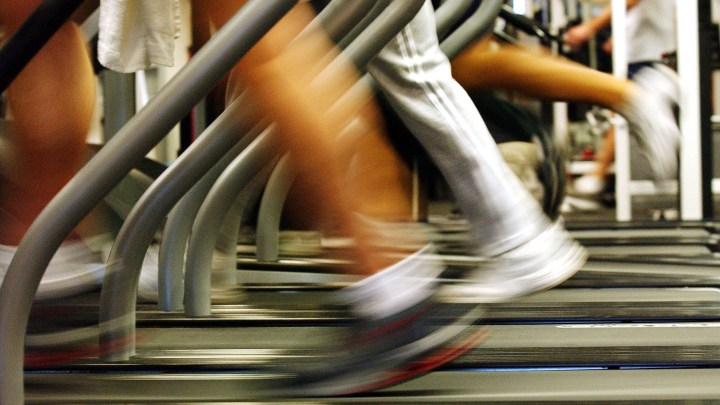
We are a few weeks into January, about the time those New Year’s resolutions to lose weight and exercise more start to lose steam.
There are certainly psychological reasons that people don’t reach their fitness goals, but there may be some economic ones too. The way we want our bodies to look is closely linked to capitalism’s invisible strings that pull on our psyche.
In a consumer-driven economy, a person’s status can go up and down based on how much they are able to consume. In this framework, the physical body can function as a good you buy and sell, through the time and money you spend on getting fit.
“The body embodies self-control, the ability to be fit and to appear productive. Henceforth, taking care of one’s health is the right way to improve one’s productivity or to have better jobs,” French economist and sociologist Guillaume Vallet wrote in his 2017 paper “The gendered economics of bodybuilding.”
Perhaps this is why successful entrepreneurs feel compelled to share their workout routines and attribute business success to their fitness discipline. The cliché is so well established that parody videos get millions of views.
As the presentation of self has become increasingly important in our society, one’s own body has become “the perfect and possibly best object of consumption,” Vallet wrote.
But bodybuilding, as depicted in our pick this month, “Pumping Iron,” takes body transformation to an extreme that has no limit. The work of a bodybuilder is never complete. It’s the reason the bodybuilders who compete in the Mr. Olympia competition keep getting bigger, lifting weights that are too heavy for their tendons and taking steroids.
“They’re gonna take more and more stuff that they’re not supposed to, and sometimes it kills people,” Arnold Schwarzenegger told Insider last year.
It’s also an extreme that the fitness industry effectively sells, even when the results are fleeting (most bodybuilders don’t look that pumped up 365 days a year) or evoke false ideas of what’s possible without supplements and steroids.
The fitness industry is more ubiquitous now than when “Pumping Iron” premiered in 1977. Only a few musclemen like Schwarzenegger have appeared in Hollywood movies or graced magazine pages. Nowadays, the internet is teeming with toned, pumped bodies vying to attract followers, customers and sponsors to cash in on a global fitness industry valued at nearly $100 billion in 2019.
Stephen Mayville, a psychologist based in Reno, Nevada, says that to become popular on social media you need to show something “exceptional.” So fitness influencers show off their “gains,” but in reality they’re simply flaunting bodies that are “abnormal.”
We’ll hear more from Mayville in next week’s newsletter.
So, are we all doomed to chase unrealistic fitness goals this year? You may be, if you gauge success on a specific physique. But it’s easier if your goals are based on health. The Health at Every Size principles, established in 2003 by the Association for Size Diversity and Health, encourages a shift in mindset around body image, movement and health.
How to watch “Pumping Iron”
For January, Econ Extra Credit has selected the film “Pumping Iron,” which is available to watch for free on YouTube as well as Tubi, Plex, and Vudu. It also available to stream without ads on Kanopy and Hoopla for many library card holders.
There’s a lot happening in the world. Through it all, Marketplace is here for you.
You rely on Marketplace to break down the world’s events and tell you how it affects you in a fact-based, approachable way. We rely on your financial support to keep making that possible.
Your donation today powers the independent journalism that you rely on. For just $5/month, you can help sustain Marketplace so we can keep reporting on the things that matter to you.


















